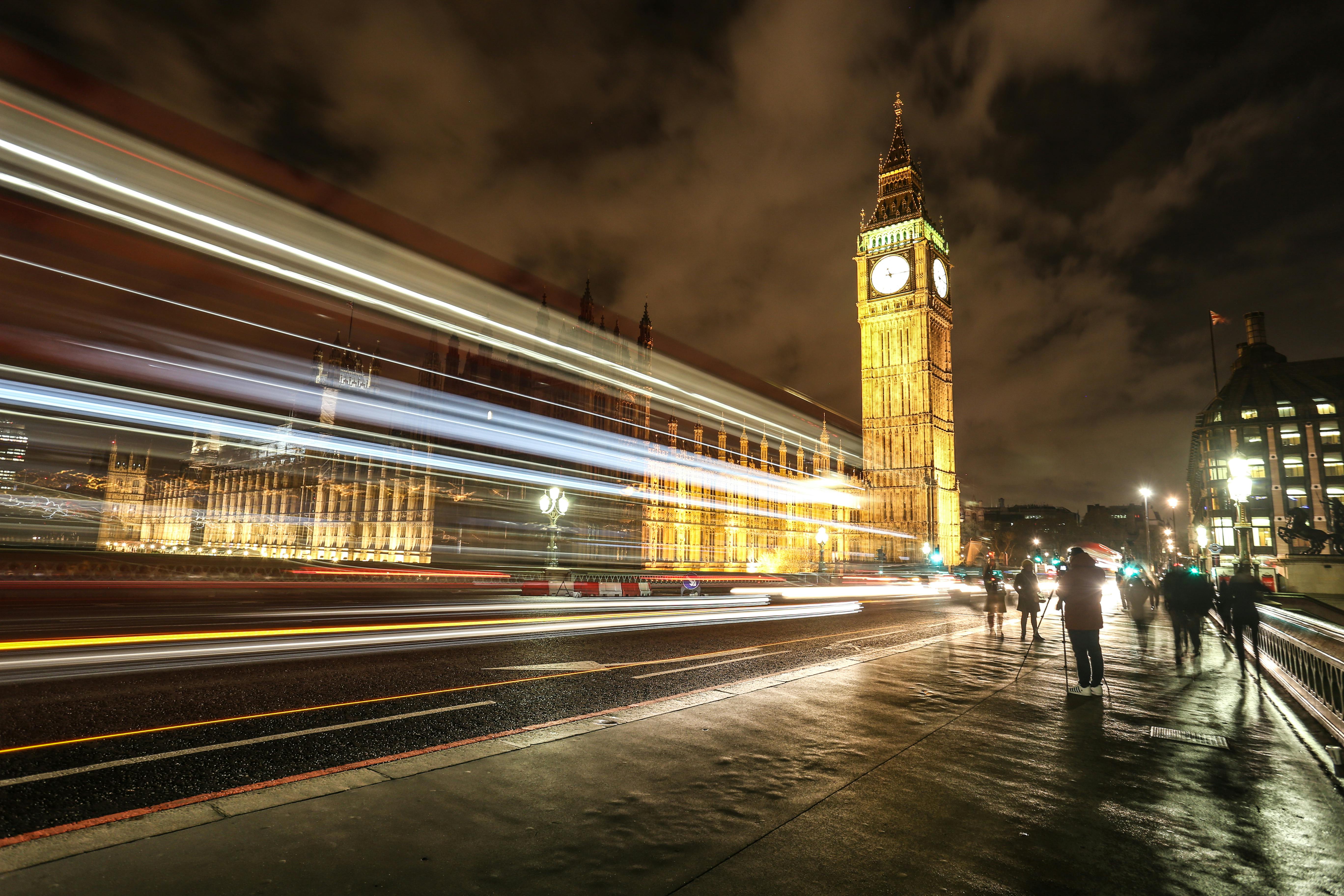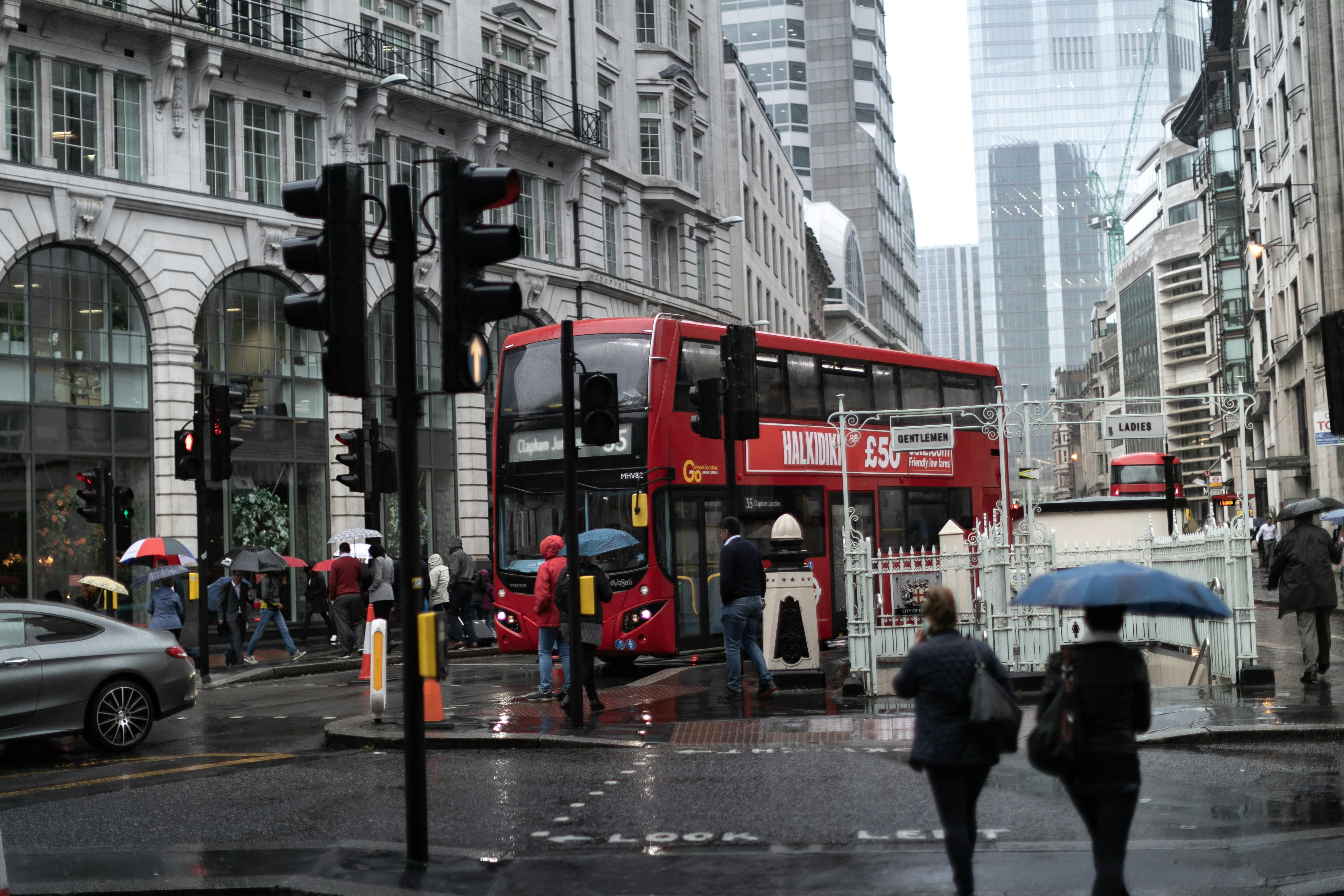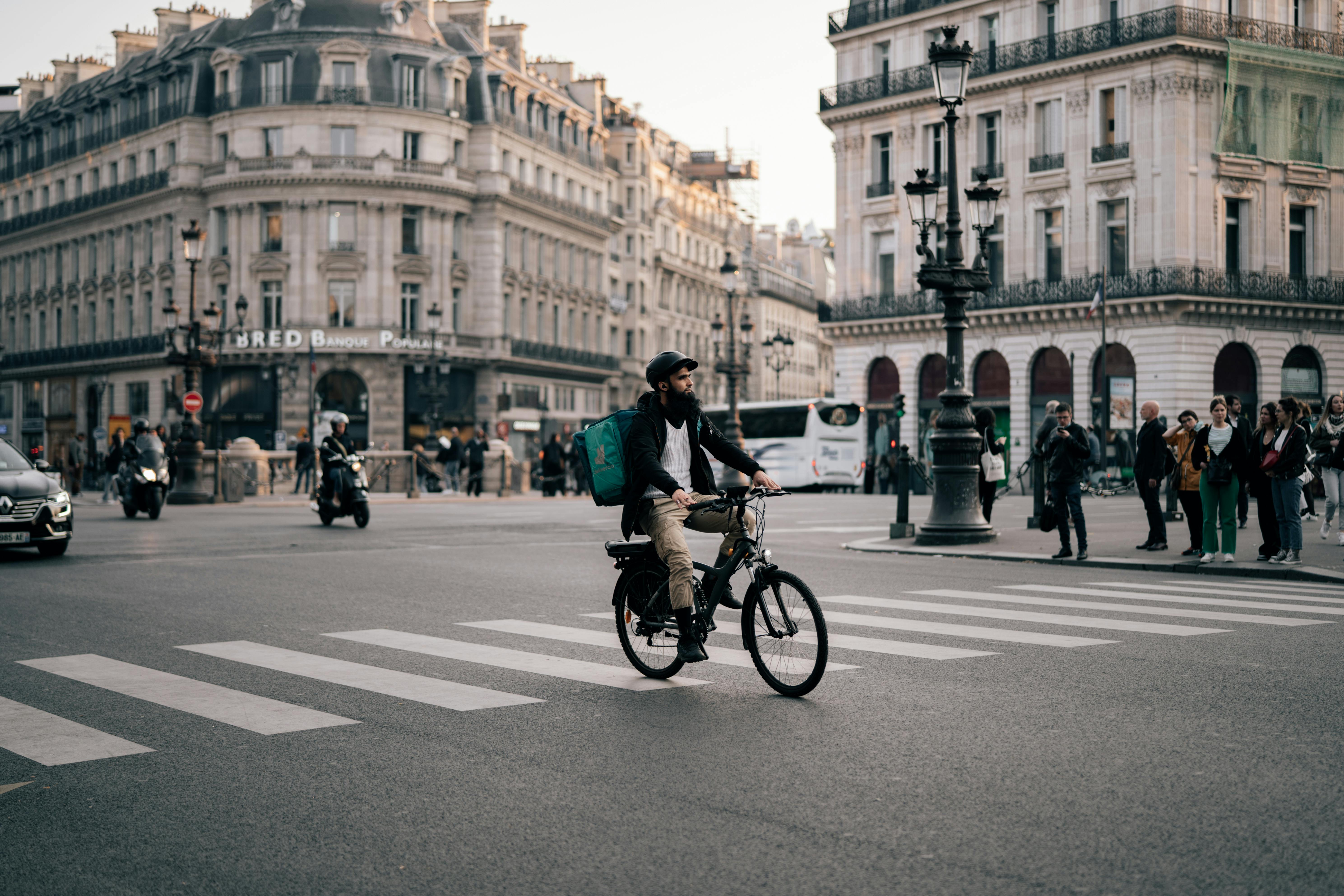The way we shop for fashion has changed dramatically. Gone are the days of waiting weeks for a new outfit to arrive—today, we can have the latest trends at our doorstep in a matter of hours. Ultra-fast fashion delivery is revolutionising the industry, fuelled by consumer demand for immediacy and convenience. But what are the real implications of this rapid shift?
The Demand for Instant Gratification
Modern shoppers expect speed. Studies show that:
–56% of UK consumers say fast delivery is a key factor in their purchasing decisions.
–One-third of shoppers abandon their carts if same-day or next-day delivery isn’t available. -
–Global ultra-fast fashion brands, like Shein and Boohoo, have capitalised on this by cutting production cycles to just 1–2 weeks, compared to traditional retailers' 6-month cycles.
With demand soaring, brands are racing to keep up—pushing logistics, supply chains, and fulfilment centres to their limits.
The Hidden Cost of Speed
While rapid delivery is a game-changer for convenience, it comes at a price:
–Higher Carbon Emissions: Ultra-fast delivery increases last-mile emissions by up to 30% due to the need for more individual deliveries rather than bulk shipments. (Source: World Economic Forum)
–Returns Surge: Up to 50% of fast fashion purchases are returned, doubling the carbon footprint of a single order. (Source: The Guardian)
–Excess Packaging: With speed as a priority, companies often use non-recyclable materials in their packaging, contributing to plastic waste.
Sustainability: Can Ultra-Fast Fashion Be Eco-Friendly?
The environmental impact of ultra-fast delivery is undeniable, but some brands are working towards sustainable solutions. Emerging innovations include:
–Electric Vehicles & Bike Couriers – Retailers like Zara and ASOS are investing in EV fleets to reduce last-mile emissions. In London, bike couriers have cut delivery emissions by up to 90% compared to vans. (Source: Transport for London)
–Carbon Offsetting Programmes – Some companies, such as H&M, offer options for customers to offset their carbon footprint at checkout.
–AI-Optimised Delivery Routes – AI-driven logistics can reduce empty trips, cutting emissions by 20–30%. (Source: MIT Sustainable Logistics Study)
As demand for sustainable shopping grows, fashion retailers must find a balance between speed and environmental responsibility.
The Future of Ultra-Fast Fashion Delivery
What’s next for the industry? Experts predict that:
1.Drones and Autonomous Vehicles could become the norm for urban deliveries.
2.Micro-fulfilment Centres in key locations will help brands reduce shipping distances.
3.On-Demand Manufacturing may replace mass production, reducing waste.
4.The future will be shaped by brands that can deliver both speed and sustainability.
The world of fashion delivery is evolving, and it’s clear that speed and responsibility must go hand in hand. Join Onelivery in shaping a future where convenience meets sustainability.
Ready to experience smarter, more sustainable fashion delivery? Partner with Onelivery UK today.









